Table of Contents
With the rise of SaaS, today’s workers download apps almost on a per project basis. Zylo research shows the average company sees seven applications enter its environment every 30 days. If you consider the average company has 275 applications, that means your portfolio could grow 33% in one year if left unmanaged!
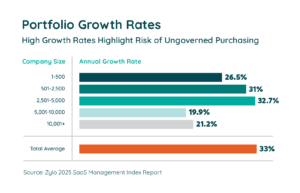
With such drastic ebbs and flows, maintaining visibility and insights into an organization’s SaaS (and the associated costs) becomes increasingly difficult. Our recommendation? Say goodbye to spreadsheets, and hello to a license dashboard.
A license dashboard, which typically comes with a comprehensive SaaS Management platform, gives decision-makers an ongoing pulse on licenses and real-time usage metrics. Read on to learn the value of a license dashboard.
Importance of SaaS Visibility
The rise of remote and hybrid work skyrocketed SaaS adoption among lines of business and individual employees. IT now manages only 26% of an organization’s SaaS spend, while business units manage 70%. Contrast this with the age of on-premise software where IT managed nearly all of an organization’s tech stack.
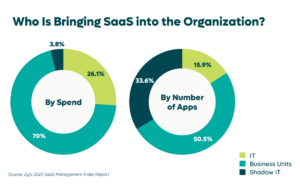 This democratization of SaaS, while ultimately beneficial, has led to a drastic reduction in visibility.
This democratization of SaaS, while ultimately beneficial, has led to a drastic reduction in visibility.
While not directly related to a license dashboard, visibility is essential to financial and data security. Less oversight from IT increases instances of shadow IT, which leads to duplicate and redundant applications, underutilized or abandoned tools, and wasted budgets. And those are strictly the risks posed to efficiency. Shadow IT also puts you at risk of data breaches, breaking compliance, and worse.
The average organization now spends $49M on SaaS annually, and complete visibility proves key to optimizing that spend. It provides you with the power to know what your employees are using and what your needs are. This means you are able to implement data-driven decisions for cost avoidance, savings, and renewals.
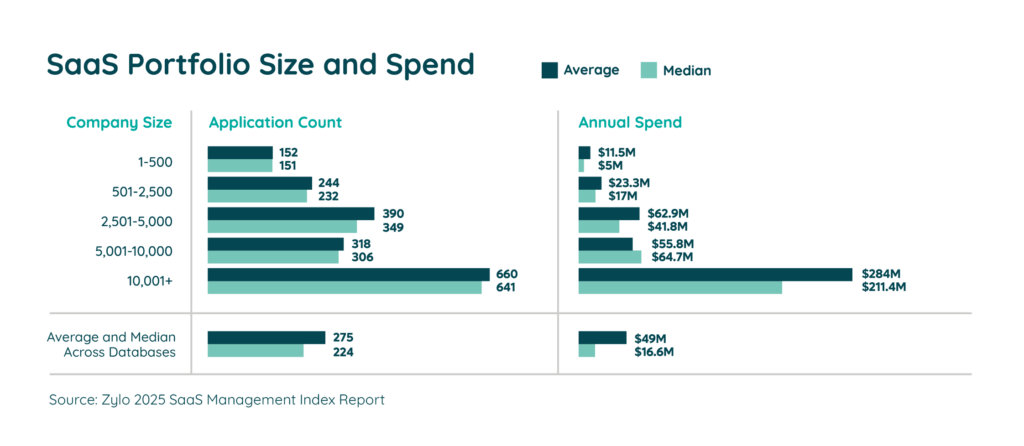
The Downsides to SaaS Spreadsheet Management
Pre-SaaS management platforms, most IT managers tracked SaaS in Excel or Google Sheets (and many still do). But relying on manual processes for license management invites numerous downsides, such as:
- Lack of details. Basic data tools only offer high-level visibility. When tracking 300+ apps on average, sophisticated solutions allow SaaS managers to parse data in more meaningful ways.
- Inaccurate data. Spreadsheet management remains largely a manual process. One copy/paste error or misplaced formula may throw off an entire workbook.
- Time consuming. With new apps entering and exiting a business weekly (each with their unique billing cycles and expiration dates), building and maintaining spreadsheets consumes time IT teams could allocate to more crucial tasks.
- Curbs collaboration. SaaS acquisition occurs among many departments and individuals, but spreadsheet tracking doesn’t lend itself to that collaborative nature. When multiple parties input data, add rows, or delete formulas, it makes it harder to understand the logic.
- Compliance and privacy issues. Many apps contain sensitive or private company and employee information. Tracking them in spreadsheets leaves businesses open to potential General Data Protection Regulation (GDPR) and Health Insurance Portability and Accountability Act (HIPAA) compliance violations, which come with significant penalties.
- Challenging to manage. SaaS subscription management contains many data points, including number of seats per tool, renewal terms and costs, invoicing details, and cancellation rules. It truly makes SaaS spreadsheets difficult to manage and analyze.
Benefits of a License Dashboard
Overcome the above challenges with a license dashboard, which gives visibility into:
Understand SaaS Usage
The average organization uses only 47% of its provisioned SaaS licenses, according to Zylo research. That’s far too low to consider effective. Ideally, you want at least 90% utilization. That way you’re maximizing your investment. But first, you’ll need to see the data.
A license dashboard shows real-time insights on the number of licenses, as well as utilization data.
If an application has low adoption or utilization, the data will help you identify it. That gives you reason to investigate why. Often, it’s simply an enablement problem or you’re buying too many licenses. Then, you can use that information to take action on reclamation and reassigning seats to new users. When it gets to renewal time, you know what rightsizing needs to take place and can make more informed renewal decisions.
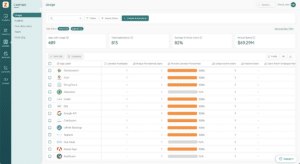
Visibility into SaaS Spend
A license dashboard tracks how much an organization spends on SaaS, which budget lines that money comes from, and the associated renewal costs and dates. What’s more, you’ll see exactly where your spend is coming from. Whether that be employees expensing an application where you already have an enterprise contract or multiple cost centers making purchases. The usage data will help you find opportunities to avoid costs, such as license reclamation, and save money by cutting back on licenses when it’s time to renew.
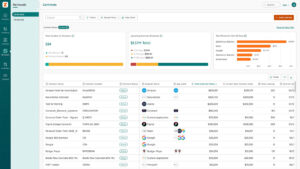
Ensure SaaS Compliance
We mentioned before the importance of being able to see your complete SaaS stack to ensure compliance and mitigate risk. Zylo’s Security Detail is one way to track important security and compliance certifications. You can then see if existing or recently discovered applications meet requirements and that you’re prepared for audits such as ISO or SOC2. Not to mention, you’ll also know whether your apps follow business protocol like being up-to-date with single sign-on and vetted by IT.
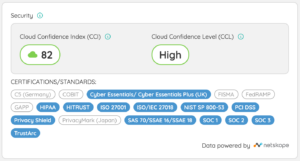
With real-time metrics on usage, spend, and compliance, you can quickly find answers to questions like:
- How many [Salesforce/Asana/Microsoft 365] licenses have we purchased? How many of those licenses have been provisioned, and how many are we using?
- Which applications/licenses has [Marketing/Sales/Product] purchased, and did IT vet them?
- Which applications are being purchased both through AP and expense channels?
- Are there applications we aren’t properly utilizing?
- What applications are missing a [SOC 2/ISO 27001/CCPA] certification?
Who Should Use a License Dashboard?
When adopted, a license dashboard benefits stakeholders across the company.
- CIOs: Provides insight into high spend apps and aggregates annual spend.
- IT/SAM leaders: Gives visibility into licenses purchased and used throughout the organization, allowing them to make smarter technology decisions.
- Applications owners: Helps optimize spend by giving insight into tools that were previously purchased for their departments.
- Procurement: Prepares them for negotiation conversations by giving visibility into application usage and contract terms.
As SaaS continues to grow, companies need advanced tools to keep up. A license dashboard provides crucial SaaS visibility—a key to optimizing time and spend.
Ready to streamline your SaaS Management? Schedule a demo to learn how your business can gain complete visibility with a comprehensive, ongoing SaaS discovery process.
ABOUT THE AUTHOR

Zylo
Zylo is the leading enterprise SaaS management platform that transforms how companies manage and optimize the vast and accelerating number of cloud-based applications organizations rely on today. The platform provides one system of record for all cloud-based software purchased across a company, enabling customers to discover, manage, measure and optimize cloud investments with real-time insights into spend, utilization and feedback data.


